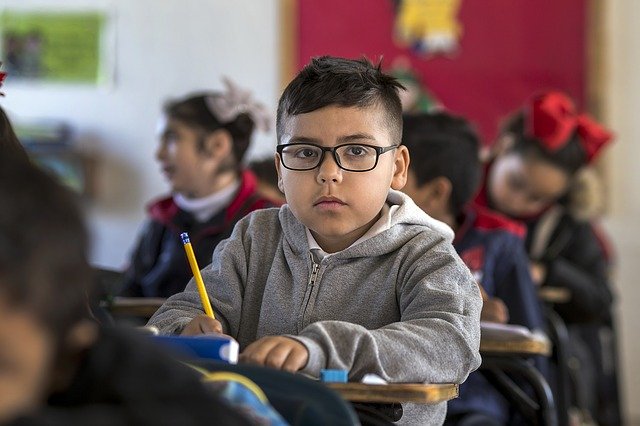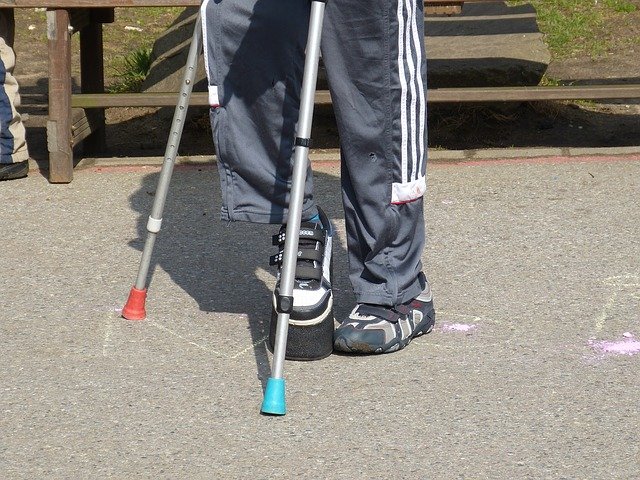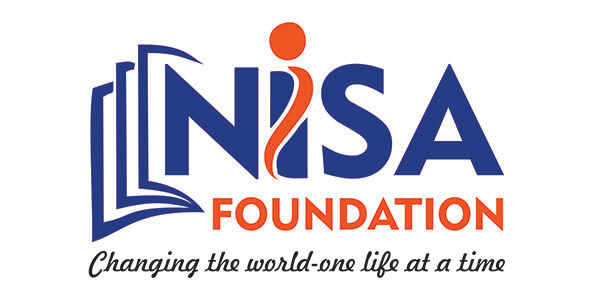What We Do
Our Initiatives
Educational success in the Developing Countries

We collaborate with both the international and local education stakeholders to guarantee that the children in the unfortunate societies. As school systems have restructured their organizational characteristics and activities in many countries, developing a collaborative approach has been part of it. Indeed, some authors have claimed that current reform interventions have been based on principles of collaboration. Shared governance initiatives were therefore followed by support for cooperation to improve. The demand for collaboration has thus also become an overarching theme in the rhetoric of the reform. The functioning of schools has affected several trends in society and education, including decentralization, professional teachers, building a community-based school climate, joint ventures, and the school’s vision of an organic, interconnected whole. These new contextual factors have changed affiliations and interactions between all school participants. Thus, we are aware that collaboration can be regarded in these developments as a central building.

International Children Scholarships
Some universities are also affordable for their tuition fees. It is surprising that most educational institutions still provide bourses to add to their students’ earnings. While tuition fees keep rising in many areas of the world, some discouraged students might think they cannot obtain a degree or a qualification in a foreign country. Some countries believe that a student’s education should not rely on parents’ financial capacity. Countries such as Germany, the U.S, Norway, Finland, Iceland, and Austria offer international students a range of free/low tuition schemes. Our collaboration with educational representatives from wealthy countries ensures that we know the various international scholarship programs to secure a sustainable future for our society, including the unfortunate children residing therein.
You may be qualified for a range of foreign bourses that aim at bringing more open and multicultural student demographics to universities worldwide if you are a learner from an emerging country, including Asian countries, Africa, the Middle East, and Latin America. Many bursaries will have multiple requirements for learners from underdeveloped nations, such as a particular home country or destination, a certain subject of study, or ties to a specific university. So you will need a good deal of wisdom in hunting and flexibility to find something that will suit you. However, there is no reason why you can’t apply in no time for ten or more international bursaries. Besides, we endeavor to form strong ties with the international governments and other not-for-profit organizations to grant sponsorships for the goal-oriented students that desire to enjoy a sustainable future.
Education for Children with Disabilities

